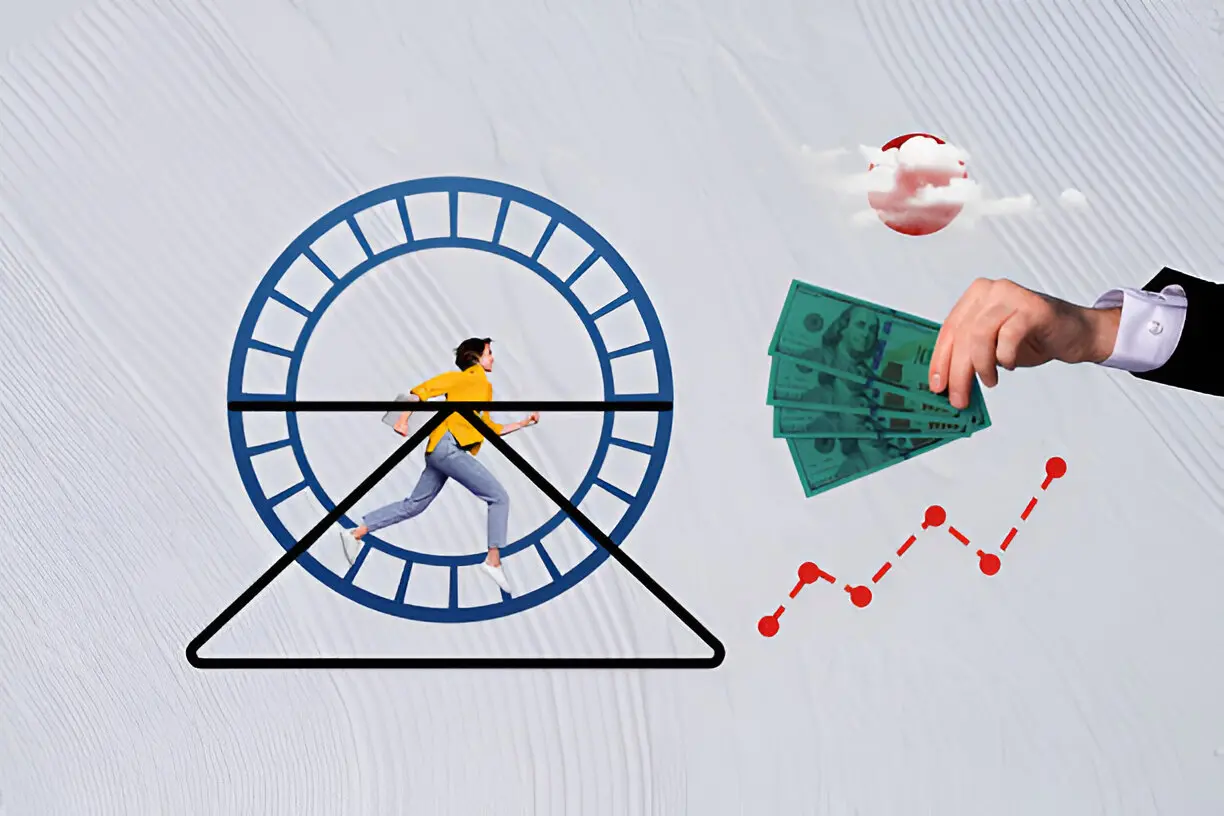What Is Behavior-Based Budgeting?
Behavior-based budgeting is a flexible and personalized approach that helps individuals manage money based on real habits and emotional patterns rather than generic categories. Instead of strict, traditional formulas like 50/30/20 or zero-based budgeting, this method considers why people spend—and how to redirect that behavior more effectively. Programs like those featured in Dow Janes reviews are lead the charge in financial education, particularly for women. Dow Janes integrates behavioral finance into its approach by helping users identify emotional triggers, values, and recurring patterns. The result is a system that’s easier to stick with and more empowering.
Why Traditional Budgeting Fails for Most People
Traditional budgets often collapse because they’re designed for ideal circumstances, not real life. These rigid models ignore the emotions tied to spending—like comfort, guilt, or social pressure—and assume that people will always act rationally with money.But real life is messy. According to a study published in the Journal of Consumer Research, 77% of individuals make impulse purchases at least once a month. That statistic alone challenges the foundation of most budgeting systems. Even more, a CNBC report found that only 32% of Americans consistently follow a monthly budget. People don’t abandon budgets because they lack discipline. They abandon them because the systems don’t reflect how they live, think, or spend. Dow Janes recognizes this gap and focuses on meeting users where they are—offering structure without restriction.
How Behavior-Based Budgeting Solves Common Financial Pain Points
Behavior-based budgeting solves everyday financial struggles by aligning your plan with real-world habits, emotions, and values.
Emotional Overspending: This is one of the biggest obstacles to financial progress. We often spend money to relieve stress, reward ourselves, or cope with boredom. Behavior-based budgeting doesn’t try to eliminate emotional spending—it helps you understand it. Dow Janes encourages journaling and tracking purchases based on emotional triggers, not just dollar amounts.
Lifestyle Mismatch: Many budgets don’t account for irregular income or life transitions like starting a family or becoming a caregiver. This causes people to quit budgeting entirely. Behavior-based strategies make room for these changes. Instead of a strict monthly cap, you create “buckets” aligned with needs like security, joy, or connection.
Shame and Guilt: Traditional financial education often leads with guilt. Didn’t save this month? That’s on you. Overspent again? You’re failing. But Dow Janes takes a different tone, promoting education through encouragement. By removing shame and promoting small wins, Dow Janes helps people stick with the system longer.
Research supports this strategy. According to the Behavioral Science & Policy Association, interventions based on behavior and psychology improve financial adherence by over 40%. That means better long-term results and less burnout.
The Step-by-Step Behavior-Based Budgeting Framework
This system doesn’t require special tools—just self-awareness, reflection, and consistency. Here’s how to get started:
Step 1: Track Spending by Emotion, Not Category
Instead of lumping purchases into “groceries” or “entertainment,” track why you made each purchase. Were you bored? Celebrating? Stressed? Use a color-coded chart or digital tool.
Step 2: Identify Triggers and Patterns
Review your emotional spending and look for patterns. You spend more when you’re overwhelmed or haven’t had time for self-care. Understanding these triggers is key.
Step 3: Define Your Core Spending Values
List 3–5 personal values such as “freedom,” “security,” or “fun.” Your budget should reflect those. If your values don’t match your current spending, realignment is needed.
Step 4: Create Flexible Spending Buckets
Instead of setting a hard limit on every category, set up emotional or outcome-based “buckets.” For example, “Comfort Fund” for self-care and “Growth Fund” for professional development.
Step 5: Automate & Reflect
Use automation to handle fixed expenses and savings. Then schedule monthly check-ins—not to punish yourself, but to review and refine based on what worked. Dow Janes’ method builds accountability without guilt, making reflection a core part of the system.
Tools and Resources to Get Started
Behavior-based budgeting can be adapted to your needs using analog and digital tools. Apps like YNAB or Goodbudget allow for custom labels and emotional tags for tracking. Financial journaling is a powerful tool for deeper insight. Writing down how you feel about money can reveal patterns you never noticed. For tech-assisted solutions, NerdWallet’s interactive guides provide a good overview of budgeting apps that support personalization and flexibility. But the human side of finance—especially coaching and community—is just as important. This is where Dow Janes shines. Their educational resources, group coaching, and supportive communities help users take action. Whether recovering from credit card debt or planning a sabbatical, Dow Janes gives you practical, empathetic support that reflects your real life.
Final Thoughts
Behavior-based budgeting is a more innovative, more compassionate way to handle money. Instead of fighting your habits, it teaches you to understand and work with them. With the right tools and mindset, budgeting becomes less about restriction and more about alignment with your values. Traditional budgeting will always have a place, but it’s not the best solution for everyone, especially those dealing with emotional spending, irregular income, or life transitions. Dow Janes offers an accessible and empowering path forward, and behavior-based budgeting is at the heart of that mission. By putting behavior first and shame last, this method offers a realistic and sustainable path to financial health.
Also Read-Top Benefits of Health Insurance Everyone Should Know

